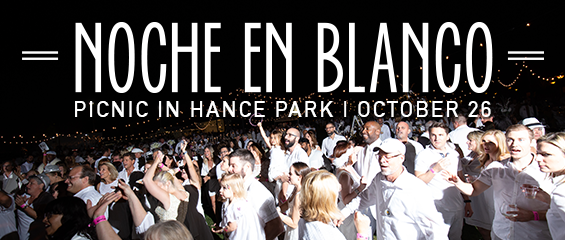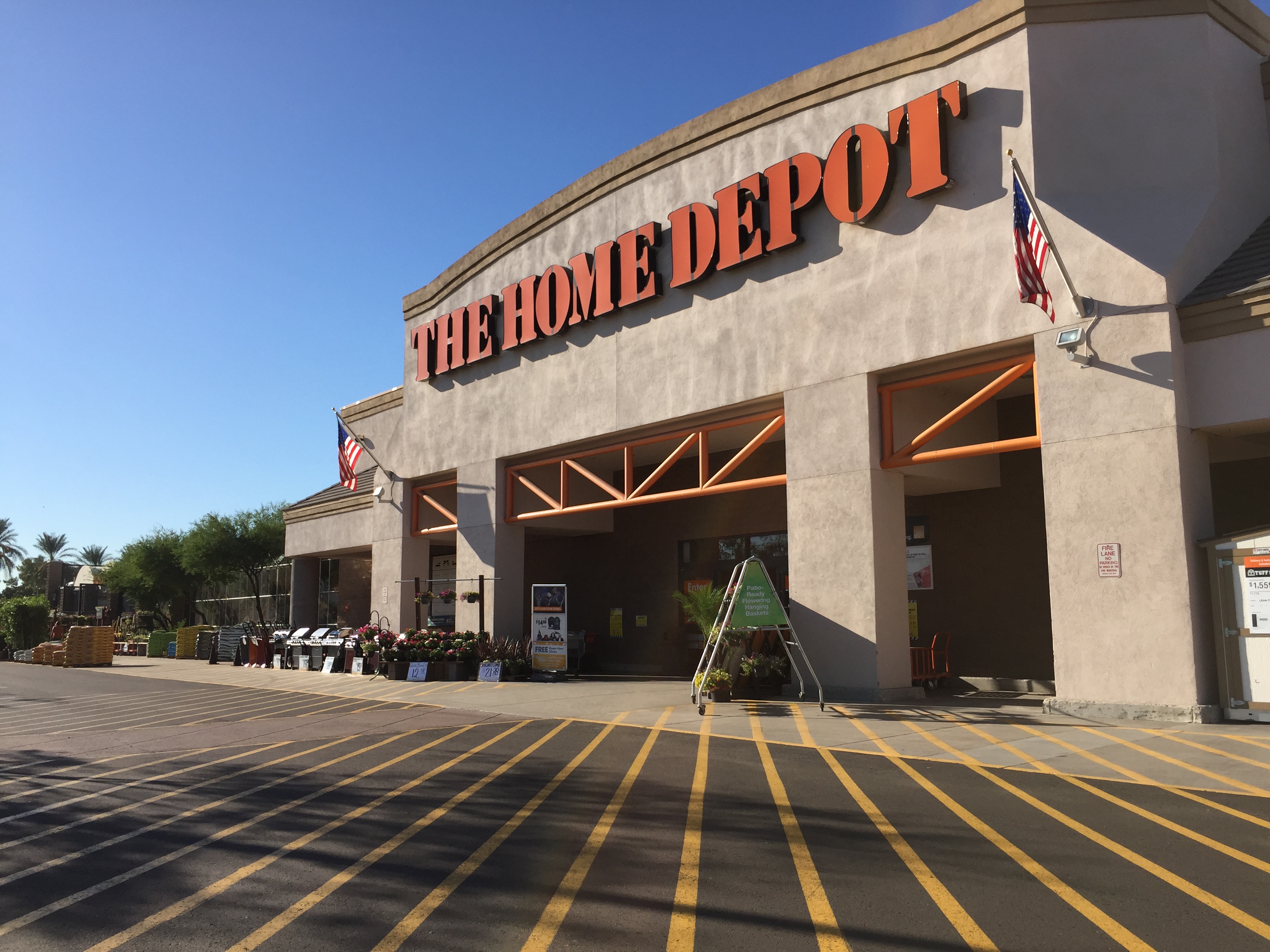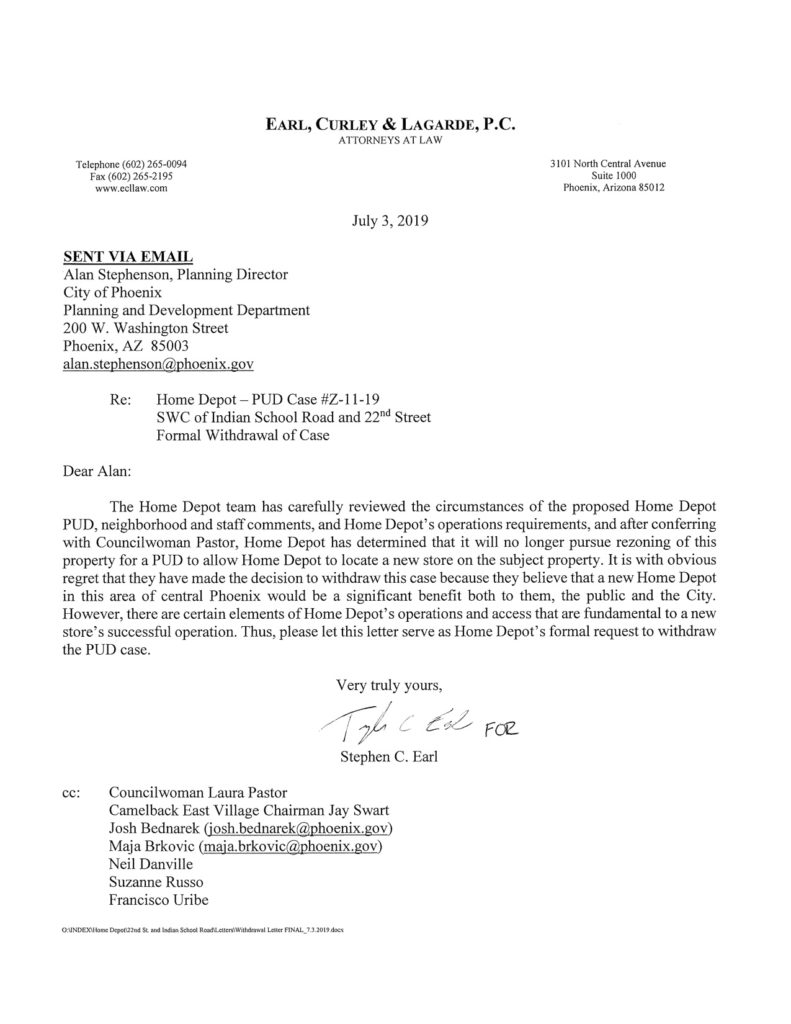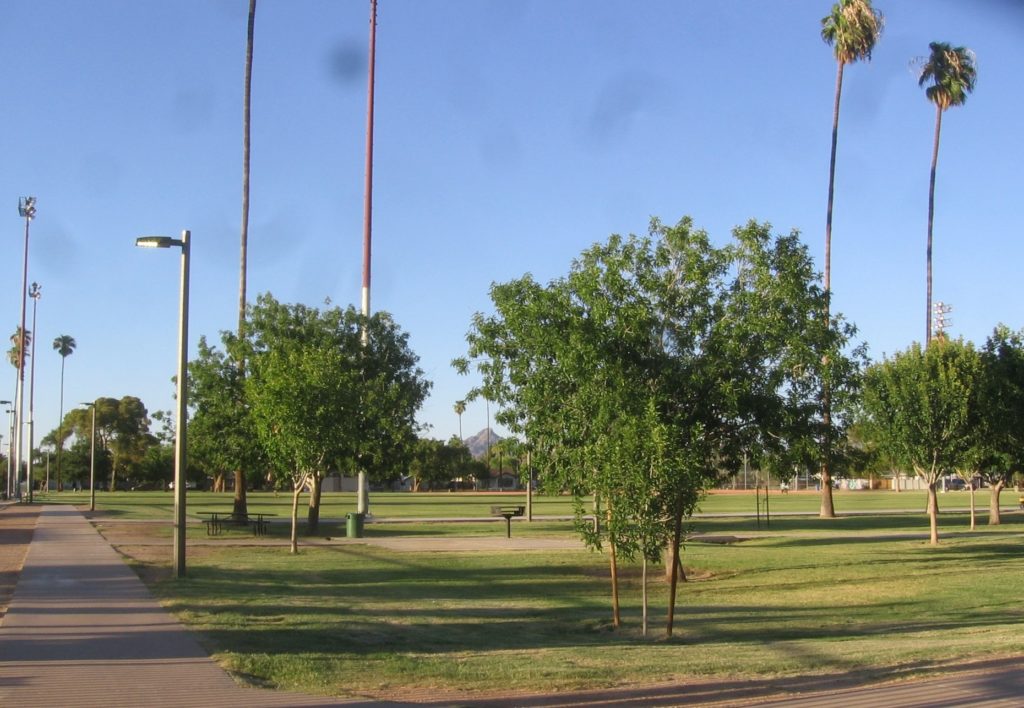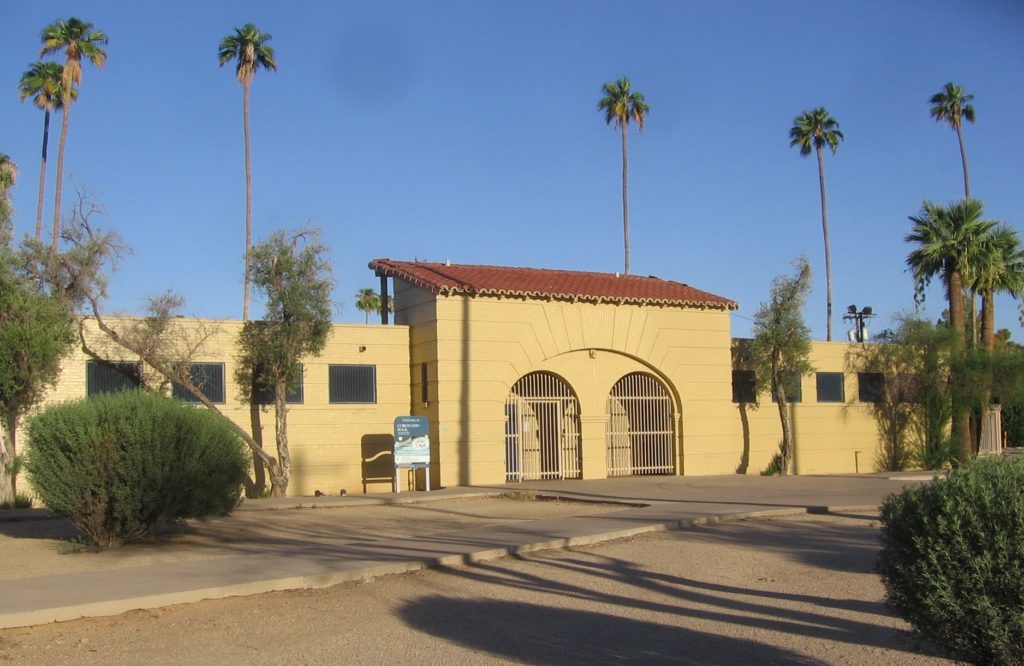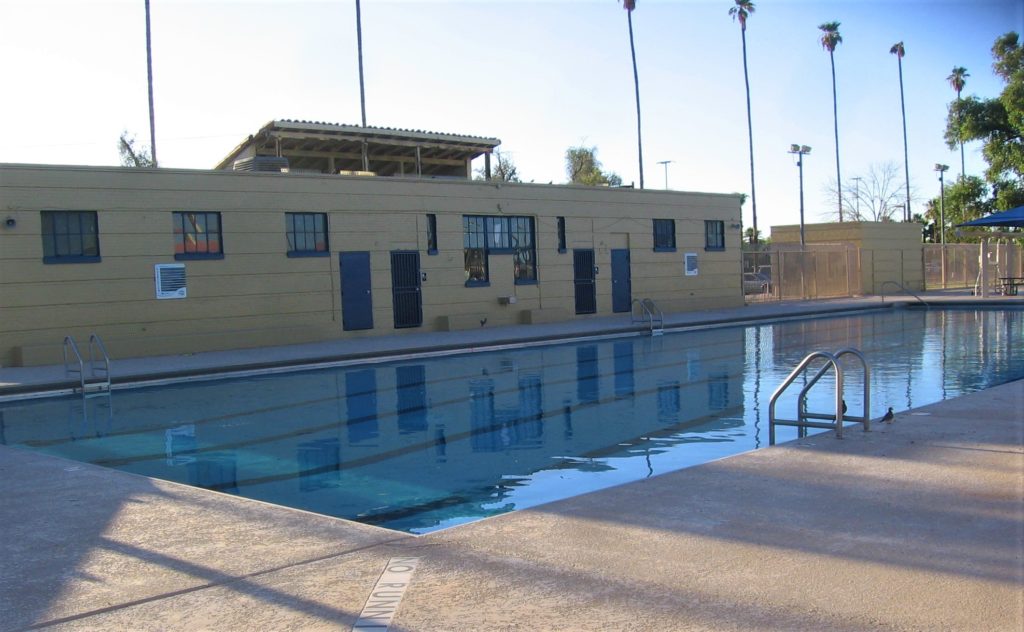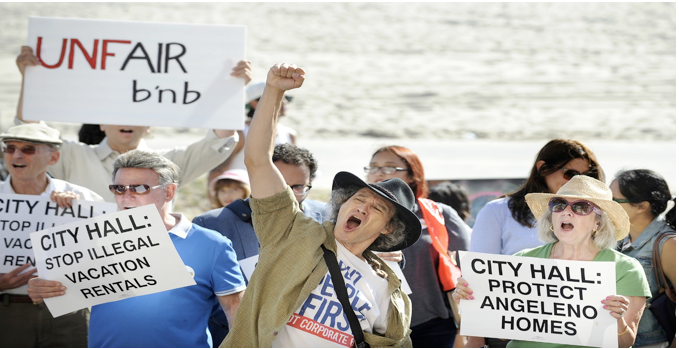Don’t miss this year’s Grand Avenue Festival!
You want original, honest and funky art? Here it is.
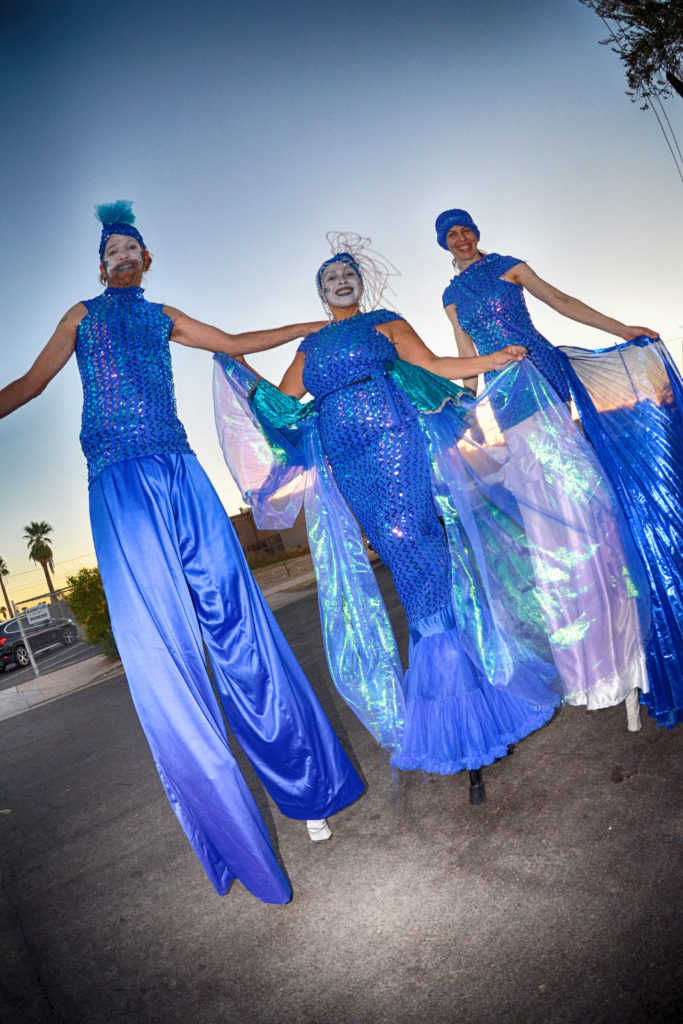
WHEN?: November 9th, from 11am – 8pm; After Hours, 8pm – 10pm (check each location for late night hours beyond 10pm).
WHERE?: Historic Grand Avenue from the I-10 overpass south to Van Buren St.
WHAT?: The 11th Annual Grand Avenue Festival is produced by Grand Avenue Arts & Preservation (GAP). This non-traditional ‘walking’ and ‘discovery’ arts Festival includes many free activities: art exhibits, performances, commercial building tours, arts and craft making sites, music, demonstrations, mini-parades, outdoor art installations.
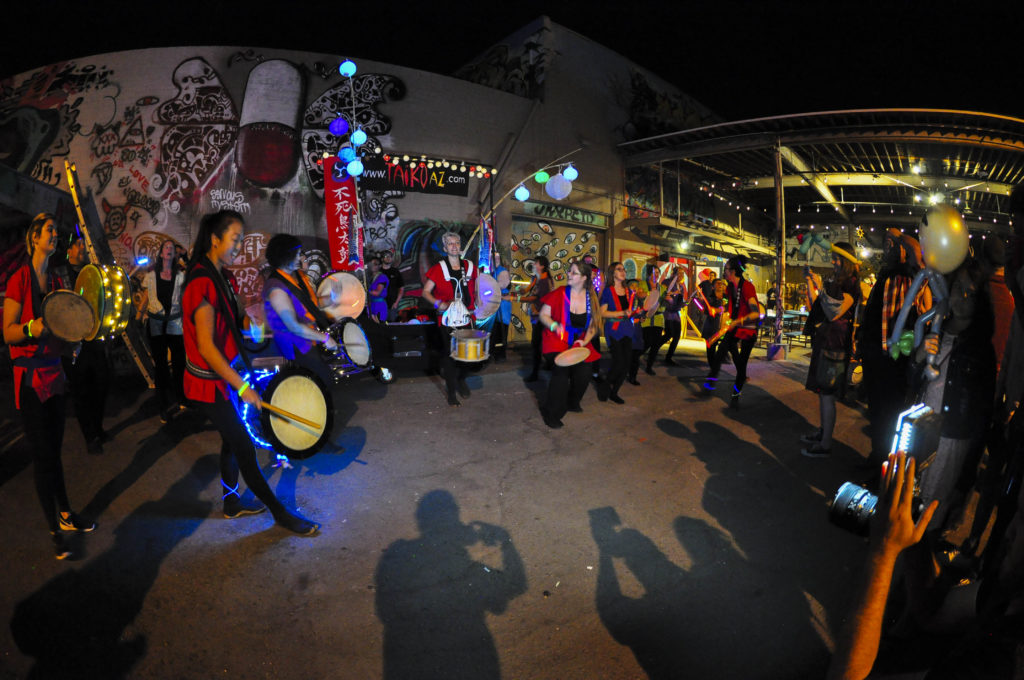
The free “Under the Vintage Roof” tours, headed up by Arizona Preservation Foundation, will include 5 stops this year, including new adaptive re-use projects not previously seen by the public and an exhibit of photos of Historic Grand Avenue.
House of Cirque, can be spottedthroughout the day, and will delight young and old alike with their exotic costumes, fun antics and entourage of strolling musicians, jugglers, dancing skeletons, stilt walkers, and interactive hula hoopers.
Artists, as well as community members, create art from recycled materials. “Hanging Gardens and Woven Fences” are installed on tree trunks, branches, light posts, fences, and the right-of-way. A “Kaleidoscope Sculpture Garden” will be created at designated locations along the Avenue by area artists.
Various fashion events, some participatory, include Marshall Shore’s ‘After Hours’ WEARizona event. Other Festival day fashion offerings include repurposed fashion by community members, as well as designs by local creators/stylists/make-up artists.
Free Festival posters created by artist Ashley Macias, will be available at the GAP info table in front of the Bragg’s building, where visitors can also find info on the “Grand Avenue Sticker Challenge”. 3 inch stickershighlight the work of 7 women artists this year, and can be picked up at participating businesses (while supplies last).
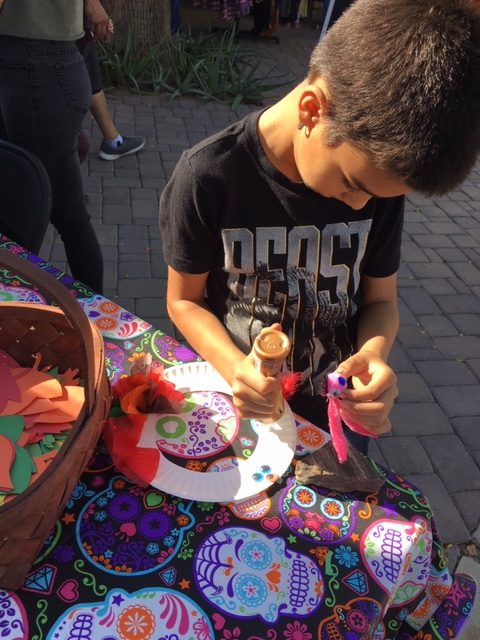
Free children’s activities include face painting, puppet-making, mask making, dragon decorating, a coloring table, a wandering balloon twister, face painting, and more. Mini-parades, with public participation, will take place throughout the day, including Japanese drumming, recycled fashion, handmade instruments, puppets & assemblage.
Look for live mural painting, interspersed with food trucks and maker stations along the street. And the new Silent Auction with work by local artists (location TBD).
HOW CAN I PARTICIPATE?: Show up and grab a Festival Guide at any of the info tables along the street, or from our Wandering Guides (who will be sporting handmade hats and aprons), plan your route, and start exploring! You can also find large blown-up maps and a list of events attached to trees and fences along the street to make finding things easy. Or just start at either end of the street, north or south, and begin walking to discover the magic of Grand Avenue.
TRANSPORTATION? Free, whimsical 6-seater pedi-cabs, decorated by area artists, will ferry visitors to destinations. Temporary bike racks will be set up along the street and there is plenty of free on-street parking along Grand and in designated lots. Grand Avenue is a very walkable street and many visitors prefer to walk and enjoy the nice weather once they arrive.
WHY?: As the Producer of the annual Grand Avenue Festival, GAP’s goal is to celebrate neighborhood sustainability, encourage creative recycling, highlight the arts, promote the small business community, and foster the preservation and adaptive re-use of valuable neighborhood resources.
WHO?: Grand Avenue Arts & Preservation (GAP) is an Arizona non-profit corporation that advocates for the arts and preservation of Phoenix’s Historic Grand Avenue and connects like-minded individuals and organizations. The Grand Avenue Festival received Phoenix Magazine’s “Best Arts Festival” in the August, 2019 “20 Years Best of the Valley” edition.
FESTIVAL CONTACT: Director, Beatrice Moore; muppetsrealmom@gmail.com; 602.391.4016
UNDER THE VINTAGE ROOF: Jim McPherson at jmcphersoniii@cox.net
WEARizona: Marshall Shore at marshall.shore@gmail.com
WEB: GrandAvenueArtsandPreservation.org or FB: Grand Avenue Festival 2019
Twitter: @grandavefest. @historicgrandave. #grandavefest. #historicgrandave


